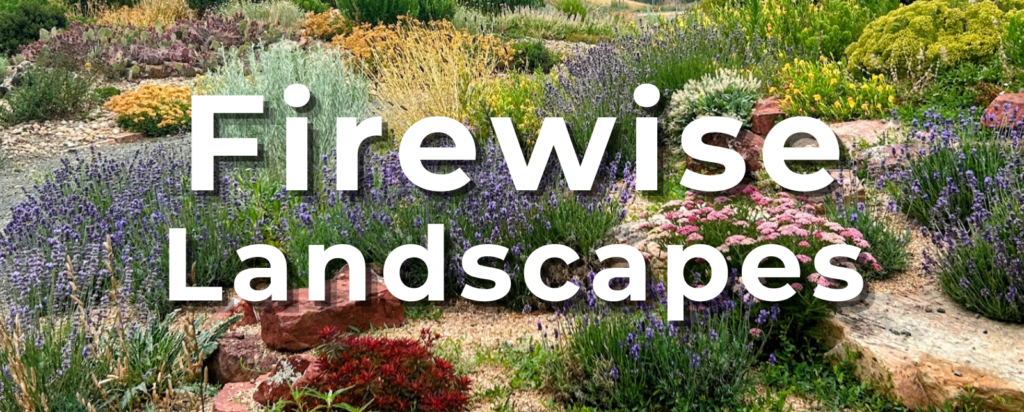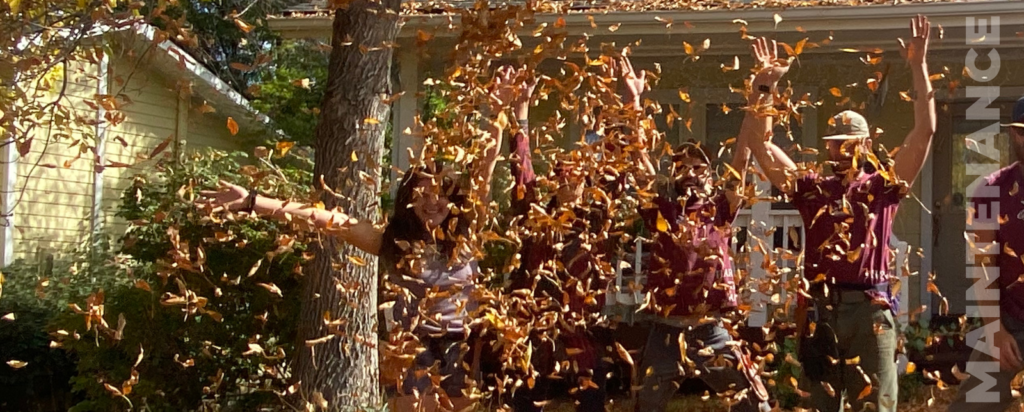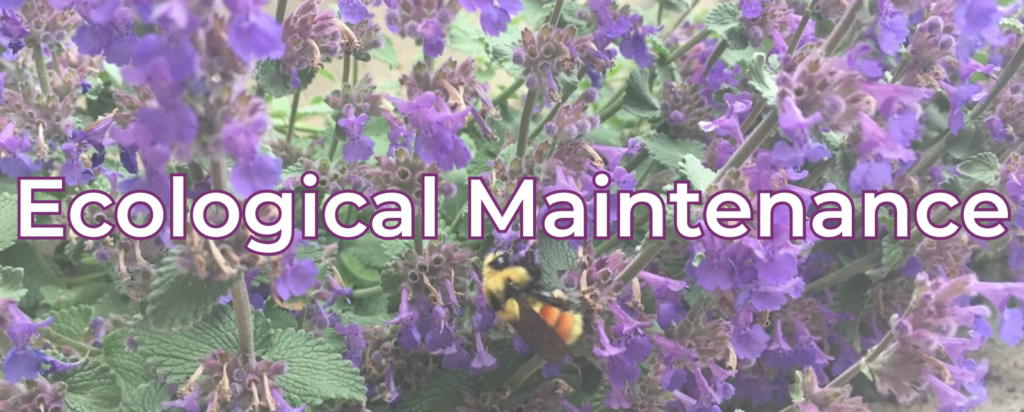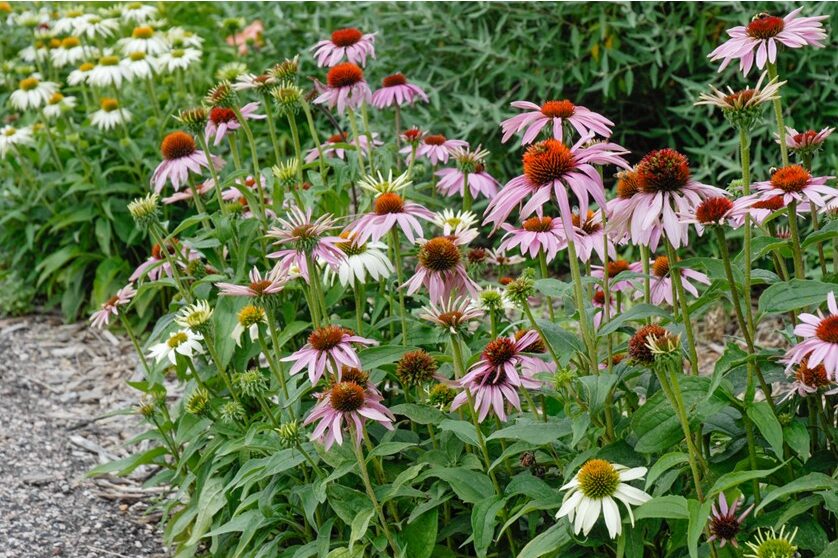Are you thinking about hiring a Landscape Designer but feeling timid because they might ask questions like “What Landscape Theme would you like?” when you haven’t a clue how to answer? It can be intimidating, no doubt. We’re here to equip you with what you need to move forward.
While there are many varied opinions on what a great landscape looks like; there are several principles that can be followed in order to create a successful design.
First off, there has to be a storyline which connects the client to their landscape. A storyline is how the client wants to relate to the spaces around their home. Will it be used for entertaining festive groups or for solo tranquility? Are there views to highlight or buildings to hide from view? What about wildlife viewing opportunities (bird feeders and baths), art installments, or a water feature to eclipse the noise of a nearby road? The Landscape Designer’s job is to understand these storylines discussed with the client about their outdoor spaces. Sometimes a client can’t visualize all of the needed storylines for their spaces but it’s the designers job to feel them out.
Once the overall storyline has been defined the designer will begin to put these ideas into spaces or rooms throughout the site. Typically these spaces will complement the architecture of the home or will follow a style as decided upon through precedent studies. Precedent studies are examples of elements or designs that have been established over a period of time and can serve as a model for the development of new ideas. Having a client take the time to research designs they gravitate toward will greatly improve the outcome of the design.
Several traditional design themes include modern, contemporary, cottage, classical French formal garden, 16th century Italian garden, Japanese, Southwestern or naturalistic. While these themes represent overall aesthetics they can be adapted to fit a mountain desert landscape fitting for Durango. Most Columbine clients tend toward naturalistic design styles because they like that they are low-maintenance and incorporate a Colorado aesthetic.
Once a theme has been created it will follow a certain design style. Design styles fits into three categories:
Rectilinear: This style has straight lines and right angles in square and rectangular shapes. It is described as bold, orderly, organized and stately and follows the themes of classical French formal and 16th century Italian gardens.
Curvilinear: This style replaces the straight line and right angles with bold sweeping curves. It is described as natural, free flowing and friendly; or lacking form or structure and follows the themes of cottage, Japanese, Southwestern and naturalistic.
Angular: This style uses straight lines but with a variety of angles and directions. It is described as modern, action-oriented and bold; or hectic, chaotic and disorganized. It follows themes of modern or contemporary design.
While these styles can mix and match, it’s best to choose one that suits your tastes and how you want to feel in the landscape. If you are unsure about which to choose, a landscape designer will be able to make the best design judgment call for your lifestyle and home’s aesthetic. Which style sounds like something you would like to live in?
Meg Hearding
BS of Landscape Architecture









